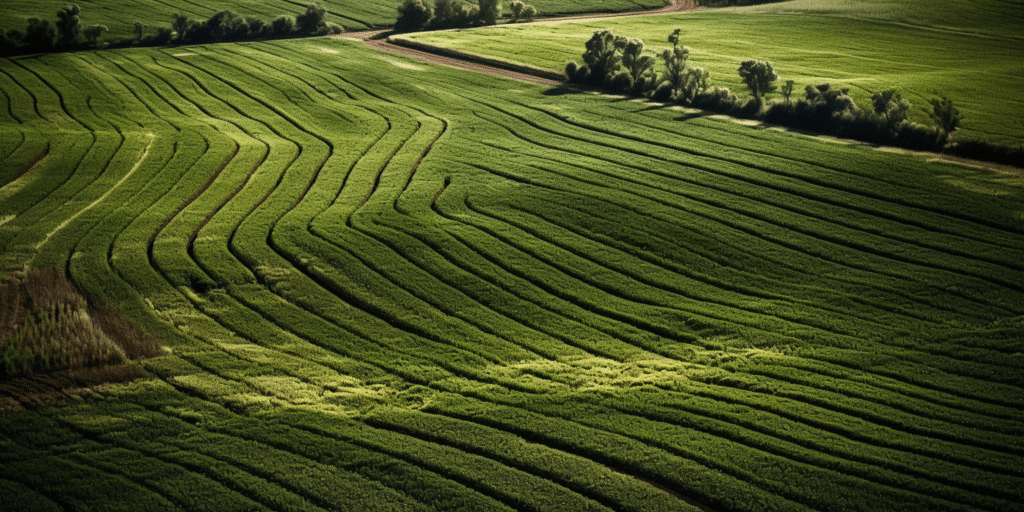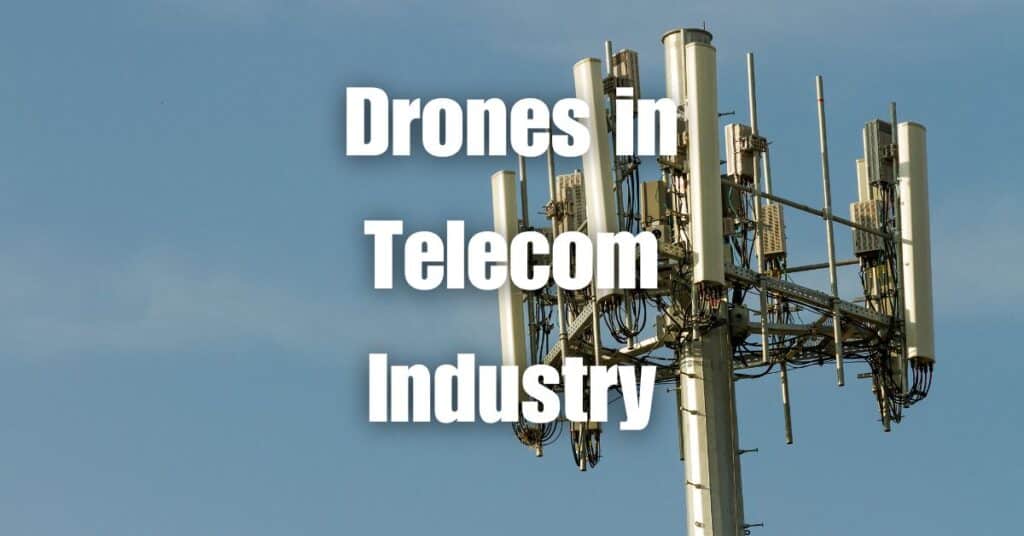Detecting crop diseases early is essential for maintaining high crop yields and ensuring the health of the world’s food supply. With the rapid advancements in drone technology, multispectral imaging has become an invaluable tool for farmers and agricultural professionals. In this article, we’ll explore how leveraging multispectral data for early disease detection in crops is revolutionizing agriculture and helping to secure our global food supply.
The Power of Multispectral Imaging in Agriculture
Multispectral imaging is a remote sensing technology that captures images at different wavelengths of the electromagnetic spectrum. By analyzing the reflection and absorption of light in different bands, multispectral imaging can provide insights into the health and condition of plants, soil, and other agricultural resources.
Benefits of Multispectral Imaging for Crop Disease Detection
There are several advantages to using multispectral imaging for early disease detection in crops:
Speed and Efficiency: Traditional methods of crop disease detection often involve manual inspection, which can be time-consuming and labor-intensive. Drones equipped with multispectral cameras can cover large areas quickly, providing accurate data that can be easily analyzed.
Precision Agriculture: Multispectral data allows farmers to identify specific areas of concern, enabling targeted interventions and reducing the need for blanket treatments that can be costly and environmentally harmful.
Early Detection: Detecting crop diseases early is crucial for minimizing the impact on yield and preventing the spread of diseases to other crops. Multispectral imaging can identify signs of disease before they become visible to the naked eye, allowing farmers to take preventive measures.
Data Integration: Multispectral data can be combined with other types of data, such as weather, soil, and historical crop performance data, to develop comprehensive crop management strategies.
How Multispectral Data Helps Detect Crop Diseases Early
Multispectral imaging works by capturing data in specific wavelengths of light that correspond to different plant properties. For instance, healthy plants typically reflect more green and near-infrared light than diseased or stressed plants.
Identifying Disease Signatures
Each crop disease has a unique “signature” that can be identified through multispectral imaging. By analyzing these signatures, farmers can detect the presence of a specific disease and take appropriate action to mitigate its effects.
Example: Detecting Yellow Rust in Wheat
Yellow rust is a fungal disease that affects wheat and can cause significant yield loss if not treated promptly. Researchers have found that by analyzing the spectral signatures of wheat leaves, they can accurately identify yellow rust infection in its early stages, before it becomes visible to the naked eye.
Monitoring Crop Health over Time
By regularly capturing multispectral data, farmers can monitor the health of their crops and identify changes that may indicate the presence of disease. This proactive approach allows them to take preventative measures, such as adjusting irrigation or applying targeted treatments, before diseases become widespread and more difficult to manage.
Tools and Technologies for Multispectral Data Analysis
There are several tools and technologies available for analyzing multispectral data, including software platforms, cloud-based services, and artificial intelligence algorithms. These tools can process large volumes of data and provide actionable insights, such as identifying areas of concern, predicting yield, and recommending treatment options.
Software Platforms
Software platforms like Agisoft Metashape, Pix4D, and MicaSense Atlas are specifically designed for processing and analyzing multispectral data. They offer features such as image stitching, vegetation index calculation, and 3D modeling, which can help farmers better understand the health of their crops.
Cloud-Based Services
Cloud-based services like Google Earth Engine, DroneDeploy, and PrecisionHawk offer tools for processing, analyzing, and visualizing multispectral data. By leveraging the power of the cloud, these services can process large datasets quickly and efficiently, making it easier for farmers to access and interpret the information they need to make informed decisions about their crops.
Artificial Intelligence Algorithms
Advanced artificial intelligence (AI) algorithms can be used to analyze multispectral data and identify patterns that may indicate the presence of crop diseases. These algorithms can be trained to recognize specific disease signatures and predict the likelihood of disease outbreaks. This can help farmers take preemptive measures to protect their crops and reduce the impact of diseases on yield.
The Future of Multispectral Imaging in Agriculture
As drone technology and multispectral imaging continue to advance, we can expect to see even more powerful tools and techniques for detecting crop diseases early. Innovations in sensor technology, data processing, and machine learning algorithms will enable farmers to monitor their crops with greater precision and make better-informed decisions about how to manage disease risks.
Conclusion
Multispectral data is a game-changer for early disease detection in crops, providing farmers with the tools they need to protect their yields and secure our global food supply. By leveraging this technology, we can help ensure a more sustainable and prosperous future for agriculture.
If you’re interested in learning more about how drone technology is revolutionizing agriculture, we encourage you to visit our comprehensive guide: Soaring High: A Comprehensive Guide to Building and Growing Your Drone Business. This guide will provide valuable insights and information on how to harness the power of drone technology in your farming operations.
If you require any drone services, please don’t hesitate to contact Blue Falcon Aerial. Our team of experts is here to help you harness the full potential of drone technology for your agricultural needs.




